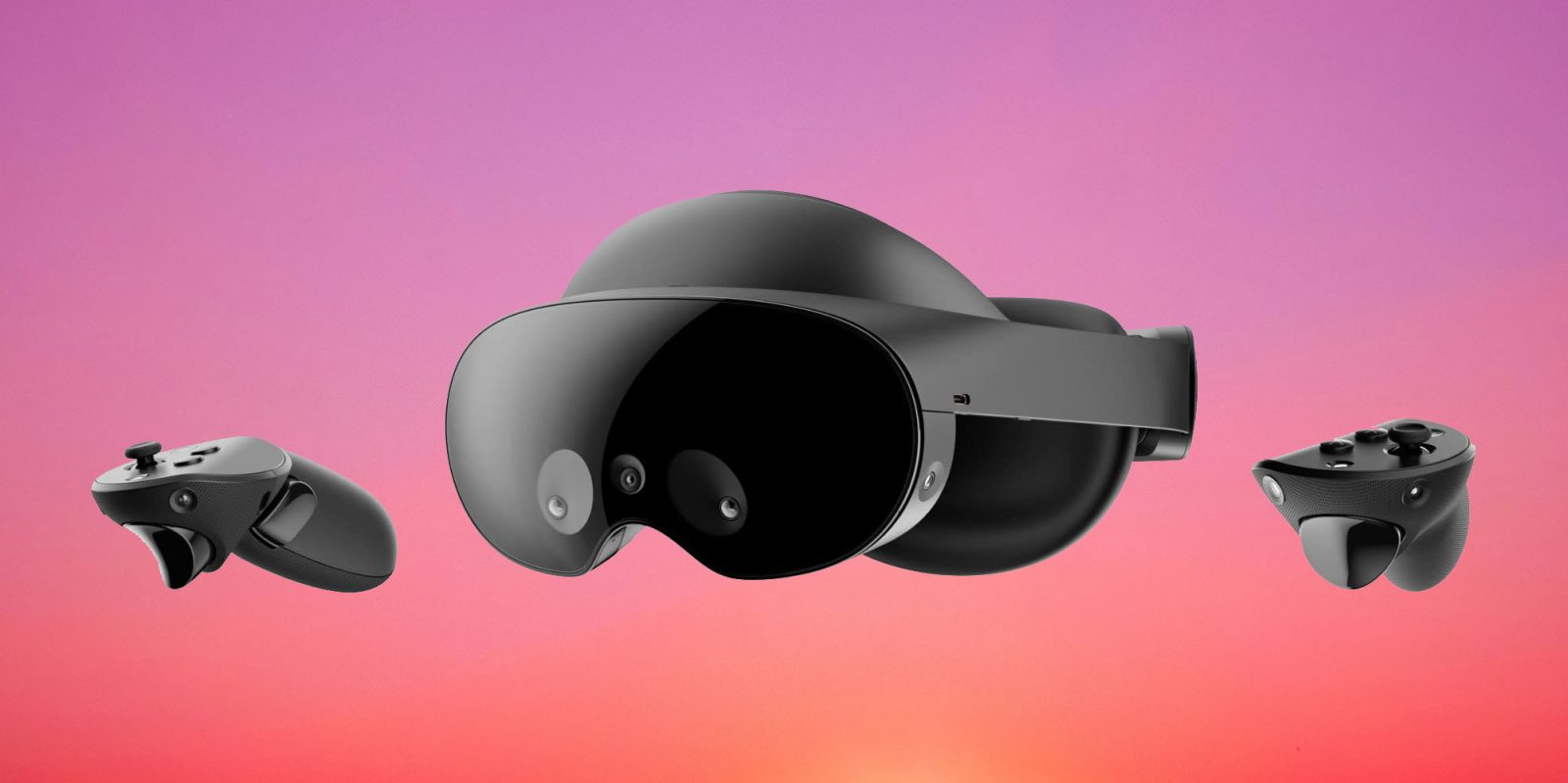
The Meta Quest Pro headset has been discontinued, with the company officially bidding goodbye to its most expensive headset while selling off remaining units. This follows an earlier decision to abandon work on an even more expensive Vision Pro competitor.
Meta had already slashed the price of the Pro from $1,499 to $999 within months of launch, but has now completely given up on the four-figure market …
I’m not dissing the price of Vision Pro
To be clear, Apple’s Vision Pro is far from the most expensive mixed-reality headset out there. A little over a year ago, for example, I took the $6,500 Varjo XR-3 out for a spin, and since that only works in tethered mode with a high-end PC, it’s really significantly more expensive than that.
The question is not whether there is a market for high-end headsets, or spatial computers; there is. There are people who have bought Vision Pro and consider it good value for the benefits it delivers.
The question is what kind of price point needs to be hit for a non-niche product?
The demise of Meta Quest Pro
Reviews of the Quest Pro were mixed. It was praised for its detailed graphics, comfort, precision control, and usefulness for real-life work. It was criticized for limited battery life and also limited benefits for the (original) premium price.
If you read the negative reviews in particular, it’s clear just how a big a role was played by that $1,499 price tag. Arstechnica, for example:
If that kind of unit could come in at $600 to $800, we could easily recommend it as a viable option for Meta Quest fans who want to pay a bit more for a more comfortable and performant VR experience.
At its current asking price, though, we can only recommend the Quest Pro to mid-level executives who have convinced their superiors to allocate a ridiculous, money-is-no-object budget to ill-defined metaverse projects out of nothing more than a deep sense of FOMO. If you’re in that kind of more-money-than-sense situation, by all means, splurge on as many Quest Pros as you can get away with and revel in your conspicuous consumption.
Reviewers were a little kinder when it dropped to $999, but many still felt it was hard to justify that kind of price premium over the $500 Quest 3.
Even the way Meta has discontinued the device tells its own story.
We’re officially winding down sales of Quest Pro. We’ll be selling our remaining headsets through the end of the year or until they’re gone, whichever comes first.
When Apple drops a product, it’s gone. But Meta clearly has a warehouse full of these things, and wants to try to recoup some of its investment by getting just one more wafer-thin set of sales.
That doesn’t mean Apple has to get below $1,000
Again, to be clear, I’m not arguing that Apple has to get below $1,000. Indeed, I’m on record as saying that around an hour’s usage was all it took to convince me that I’d be willing to spend around twice that, if the comfort can be improved to the point where I could wear it for a full day’s work.
The reason I’d be willing to pay that kind of money is because it could replace a wide-screen monitor setup when I’m working away from home. I would absolutely not pay that kind of money without the business justification.
But it does mean that a new Apple Vision product is going to be launching into a market which has changed significantly. If all you want to do is watch movies and play games, then there are there are face monitors to do that at a far lower cost and with far greater comfort.
If you want to have VR experiences, the very capable Quest 3 is now down to $500, and the new Quest 3S gets you in the door for $300.
Apple can absolutely sell a vastly superior Vision experience at a significantly higher price. But commenters have been saying for some time now that the magic number is likely around $1,500, and while I would personally pay more, this latest development does add weight to that argument.
9to5Mac collages of images from Meta and Shubhankar Sharma on Unsplash
FTC: We use income earning auto affiliate links. More.




Comments